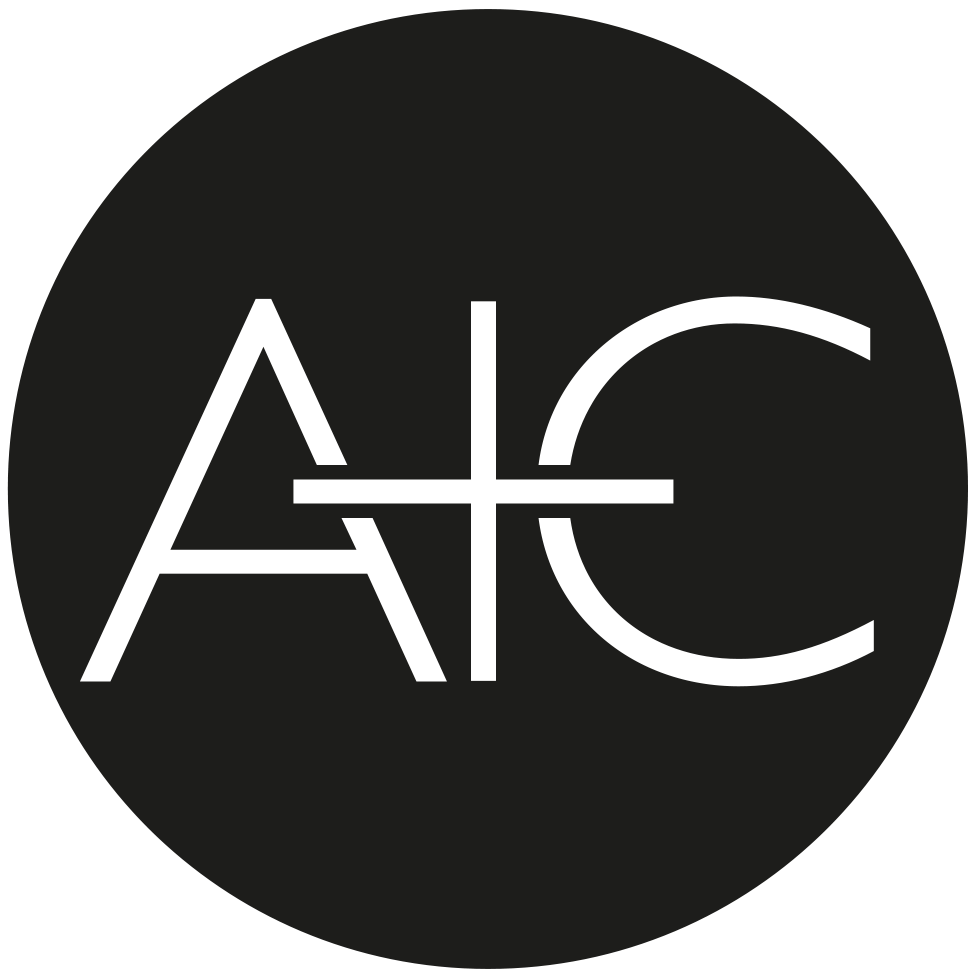John Hayward: Interior murals
The murals at St Michael and All Angels were among the first works to be created by Hayward after he established himself as a freelance artist in 1961. Their blues, greens and golds were to become characteristic of Hayward’s stained glass for which he became famous in later years. The murals use the marouflage technique: the images are painted in the artist’s studio and then cut out and glued to the wall of the church. Each was designed specifically for the space it was to occupy. When they were installed in 1962, they were said to be the largest modern set of murals anywhere in the world.
Sergei Fyodorov: Baptism fresco
One of very few traditional frescoes done in contemporary times. The application of paint to wet plaster extended the artist's work to a three-year period.
Born in 1959 the Russian artist Sergie Fyodorov is an important contemporary painter of icons and frescoes. Having studied art in Moscow, Fyodorov was first exposed to icons in a public gallery rather than a church. Inspired and moved by the works of master icon painters such as Andrei Rubliov, he tried to make an icon for himself by studying from a book. This was a dangerous and subversive act in Soviet Russia, where the creation of religious icons was against the law.
Ecclesiart is an online project that raises awareness of significant works of modern and contemporary art since 1920 in UK churches and cathedrals.
The selected works represent the diversity of high quality church commissions and reflect developments in artistic practice and ecclesiastical art and design. You can explore the collection using the tiles below or by using the Ecclesiart map.
We seek to encourage increased responsibility towards works which may be under-appreciated or at risk and hope that this selection of works provides inspiring and challenging examples of art in churches useful to any parish or individual wishing to commission a new work.
We welcome nominations of new works to be added to Ecclesiart. Please email us with a short text about why you think a work of art should be included with a short theological reflection on the work and its context (no longer than 150 words) and if possible please include images. Please note that we do not accept nominations from artists for their own work.
All permanent works shortlisted for the Award for Art in a Religious Context are added to Ecclesiart. For all other nominations, the Director and trustees of Art and Christianity reserve the right to select works which they determine as meeting the criteria of aptness to context, artistic and technical merit and appropriate theological meaning.


